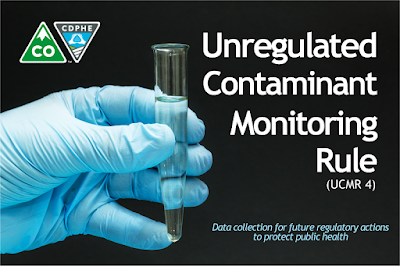
New online portal - phase one
March 1, 2019 brought big changes for water operators in Colorado. The Colorado Certified Water Professionals Program began phase one of a two-phased implementation of the new online portal. During phase one, operators can log in to the CCWP Portal to verify correct migration of their certificate data and enter data to complete their profiles.
Operators will use their email addresses as the username for logging in to the operator portal, and their operator ID numbers as the temporary passwords.
Troubleshooting log-in problems
Every operator needs to have a unique email address.- If you don’t have a unique (unshared) email address, you need to get one.
- You can sign up for a free email address with Google or a number of other service providers.
- Enter the following as your one-time username:
operator.[your operator ID number]@coloradocwp.com. - Use your operator ID number as your temporary password.
- Your operator ID number is on your wallet-sized operator card.
- You can look up your operator ID using the operator look-up function on the CCWP web. (If there are multiple operators with your name, cross-reference with the expiration date of your certificate.)
- After you verify your certificate information, enter your email address into your profile so it will work as your username the next time you access the portal.
- Change your password by clicking your username in the upper right hand corner of the screen.
If troubleshooting on your own does not work, please contact the CCWP office.
DO NOT CREATE A NEW PORTAL ACCOUNT.
Contact
Colorado Certified Water Professionals Officeinfo@coloradocwp.com
719-225-7339
What's next?
Phase two is anticipated to begin before the end of May. During phase two, operators will be able to submit applications and make payments through the CCWP Portal.
➽ Nancy Horan, Facility and Operator Outreach, Certification Board Liaison



